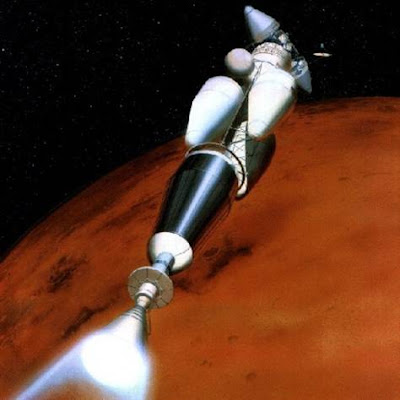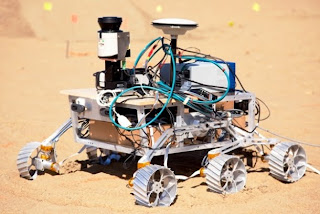
NASA launched twin satellites on Saturday morning on a mission to unveil the inner secrets of the moon, the US space agency said. After a couple of weather delays, NASA finally launched its moon research mission.
The two probes will study the moon’s internal structure in unprecedented detail, shedding light on whether a second moon crashed into it long ago.
The probes, together called GRAIL (Gravity Recovery and Interior Laboratory), lifted off on Saturday at 0908 EDT from Cape Canaveral Air Force Station in Florida, New Scientist reported.
GRAIL will study how the moon was formed. It will explore “the structure of the lunar interior, from crust to core… to advance understanding of the thermal evolution of the moon,” NASA said.
The crafts — GRAIL-A and GRAIL-B — will eventually separate from the Delta rocket. GRAIL stands for Gravity Recovery and Interior Laboratory.
Read More

















